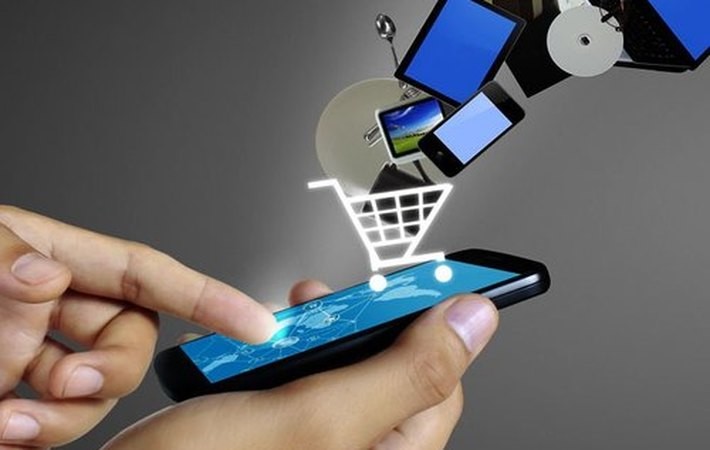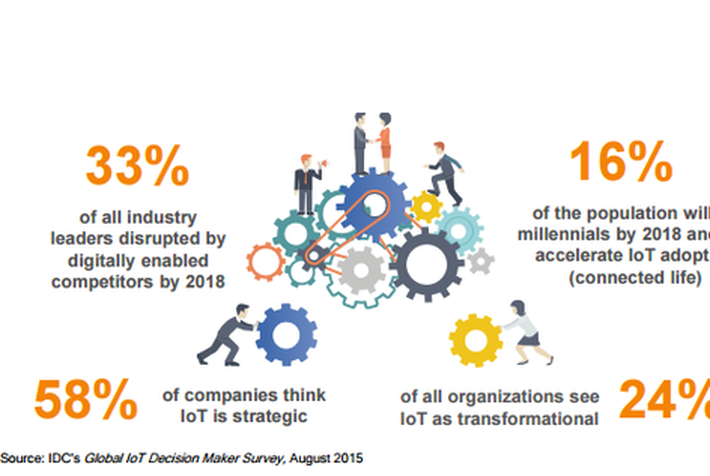
Published on 11/16/2016 | Strategy
In a recent report on the Internet of Things (IoT) and digital transformation, IDC took an in-depth look at how digital transformation is at the heart of many business strategies today.
The report, IoT and Digital Transformation: A Tale of Four Industries, shows that 33% of industry leaders will be disrupted by 2018, and that there is an urgency to this that is heightened by the threat of digitally enabled competitors.
Because a starting point for digital transformation is innovating the customer and consumer experience, the report points out that there is pressure to transition traditional operating models from a mass-market approach to one that is more consumer-centric .
The report also explains why IoT is considered an essential element of generating new innovative customer experiences and why worldwide organizations consider IoT as strategic (58%) and transformational (24%) to their business.
To understand how digital transformation and IoT are affecting businesses today, IDC took an in-depth look at several industries, including consumer products and retail. Let’s look at a few highlights from their findings on IoT in retail.

It may not be readily apparent, but IoT means something different in retail than in other industries. For instance, when retailers talk about IoT, they’re not just referring to the wireless connectivity between things but also between things and people across the retail ecosystem.
Whether it’s Hershey’s “Smile for a Kiss” chocolate sample-dispensing smart shelf, or location-based services alerting shoppers to sale items in their proximity, retail takes IoT from the shop floor into the consumer’s consciousness.
Because retailers believe strongly that IoT is strategic to their future success, it’s no surprise then that retail is ahead of other industries in IoT maturity.
If customer centricity is at the heart of modern retail, then data is at the heart of customer centricity.
IoT connectivity – between people (consumers, associates, and service providers) to products and information – helps retailers to acquire, aggregate, and analyze data to glean actions and insights and execute more efficiently. And with data that provides insights into the buying journey, retailers can drive better planning in areas such as assortment, demand, and workforce, as well as in placement and marketing.
In short, retailers view IoT through the lens of digital engagement and the connected customer experience. Consequently, IoT strategies include wayfinding, consumer journey heat mapping, asset tracking, sensor-enabled inventory management, and personalized interaction.
Because of their level of IoT maturity, many retailers are more ready for a connected future than companies in other industries. These industry leaders have already tested, deployed, and established many of these connected strategies. And they are finding ways to create experiences that lure customers to products and services they didn’t even know they needed.
With savvy digital consumers already demanding experiences that are analytics-driven, personalized, and contextualized buying journeys, IoT is rapidly evolving from cutting-edge technology to a baseline investment.
You can find the original article here.